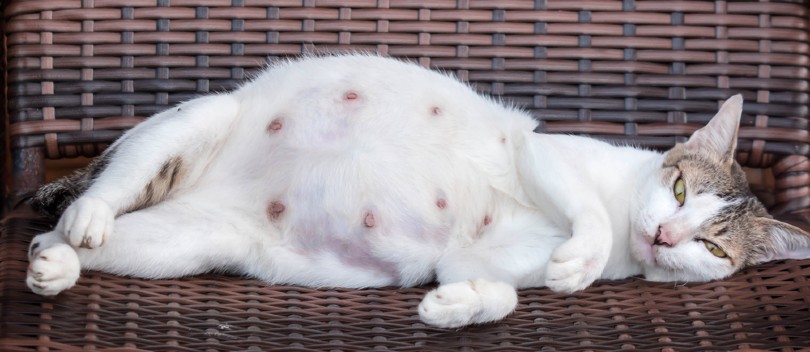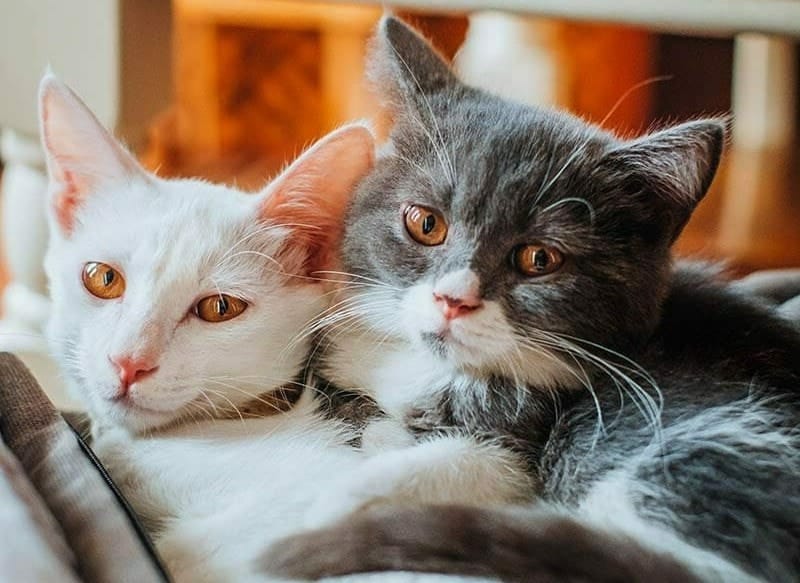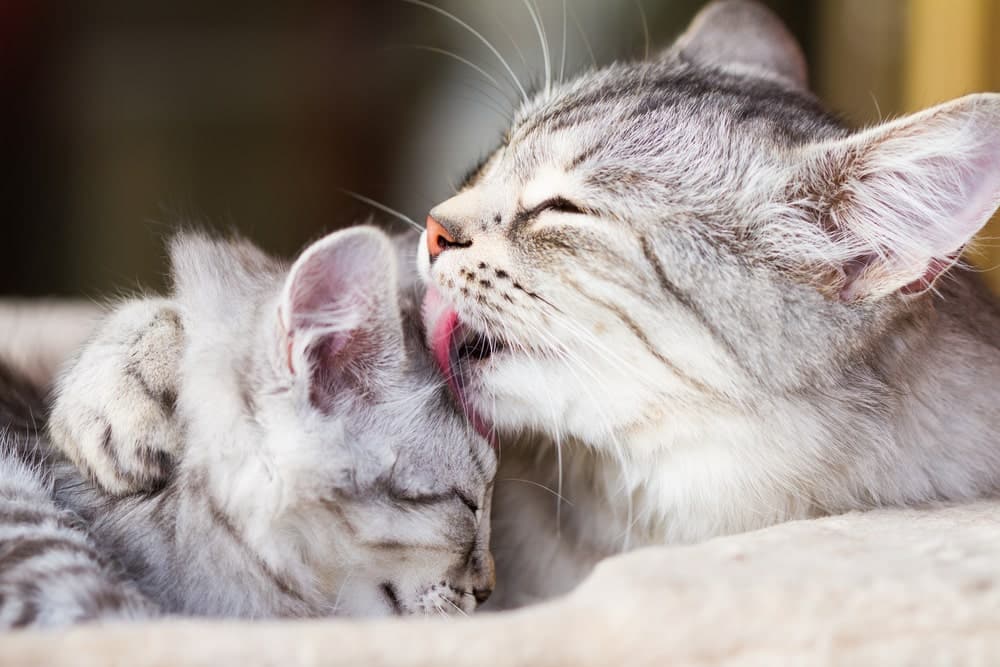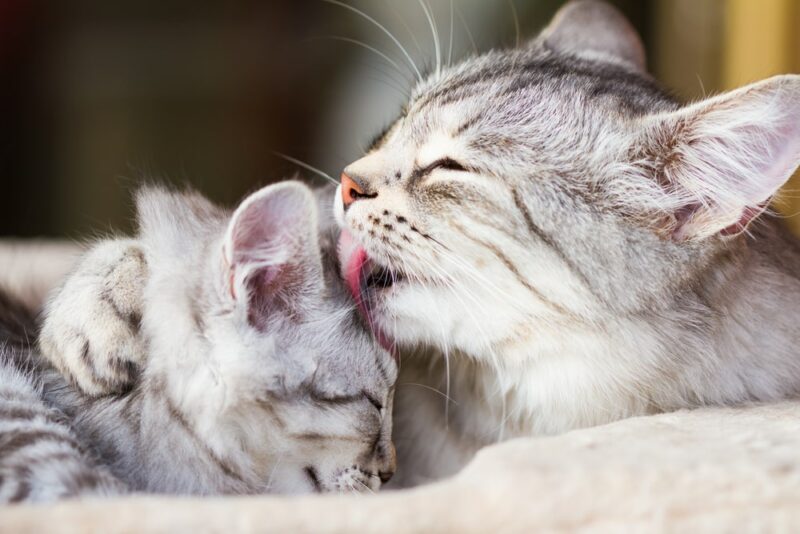Click to Skip Ahead
It might be a sweet idea to get two cats that you’re sure are going to fall in love and live happily ever after together. Unfortunately, that type of love and relationship is not in a cat’s DNA. Cats are not monogamous animals. They can live together on friendly terms in the same house, but they will never think of one another as a lifelong partner they are solely devoted to.
Most cats would run off with the first cat to walk through the door if given the chance since they breed in a specific way that increases their chance of having babies. Here is what you need to know about cat monogamy and their mating practices.
Cats Are Not Monogamous
Cats are not monogamous and can be incredibly promiscuous. During the mating season, male cats in the wild mate with multiple females per day. Similarly, females can make themselves available for mating by multiple partners in the same week. For cats, the goal is to get pregnant. It usually takes an average of four mating attempts before a cat will get pregnant, so both males and females are trying to mate as much as possible to increase the chances of getting pregnant.

Cat Mating Practices
Cats are seasonally polyestrous, which means that they can go into heat multiple times during the mating season. Mating season for cats lasts from January through October. Cats that live in warm climates or live indoors year-round (and are intact) can cycle throughout the year.
When a female cat goes into heat, she will do her best to attract a suitable male for mating. The female will attract males from miles around if she is outside, and once she mates, she will start looking for a new partner until she gets pregnant or until the heat cycle ends. Cats remain in heat for roughly 7 days, but some can remain in heat for up to 21 days. Pregnancy lasts 9 weeks in cats.
Tomcats, or male cats, spend their days doing three things. They mark and protect their territory, hunt and find food, and look for mates. A tomcat is always looking for a new mate and is always looking to claim the female cats in his territory. In an area crowded with stray or wild cats, tomcats can mate with numerous females in a short amount of time. They have no concept of monogamy.
This frisky behavior is fueled by the fact that cats are induced ovulators. Induced ovulators only release eggs during or directly after the act of mating, and they will not release on their own. Therefore, cats need to mate a lot to induce ovulation. That is different from spontaneous ovulators who drop eggs at periodic or scheduled times without any stimulation from another animal.

What Animals Are Monogamous?
If cats are not monogamous, which animals are? Monogamy is rare in nature. An estimated 3% to 6% of animal species remain monogamous during their lives. But there are some animals that can inspire hope and romantic feelings.
Many birds are monogamous. Once they mate as young fledglings, they usually stay together for the rest of their lives. The male and female birds build nests together, live together, and raise their chicks and hatchlings together. For example, Emperor Penguins are monogamous and remain as a couple to safely shepherd their babies to adulthood in the harsh Antarctic climate.
Other monogamous animals include the red-backed salamander, most otters, the Eurasian beaver, and the prairie vole. Each of these species will mate with one animal and attempt to stay with them for the duration of their lifespans. Humans can be monogamous as well, but not all humans are.

Conclusion
Cats are not monogamous and can be considered the opposite of monogamous. They are frisky and will seek mates consistently. They do not care about the number of partners they have as long as kittens are being produced. That might shatter your illusions about cats and romance, but these behaviors are seared into the feline DNA, and it has been very effective for them throughout the years.
Read Also:
Featured Image Credit: Massimo Cattaneo, Shutterstock











